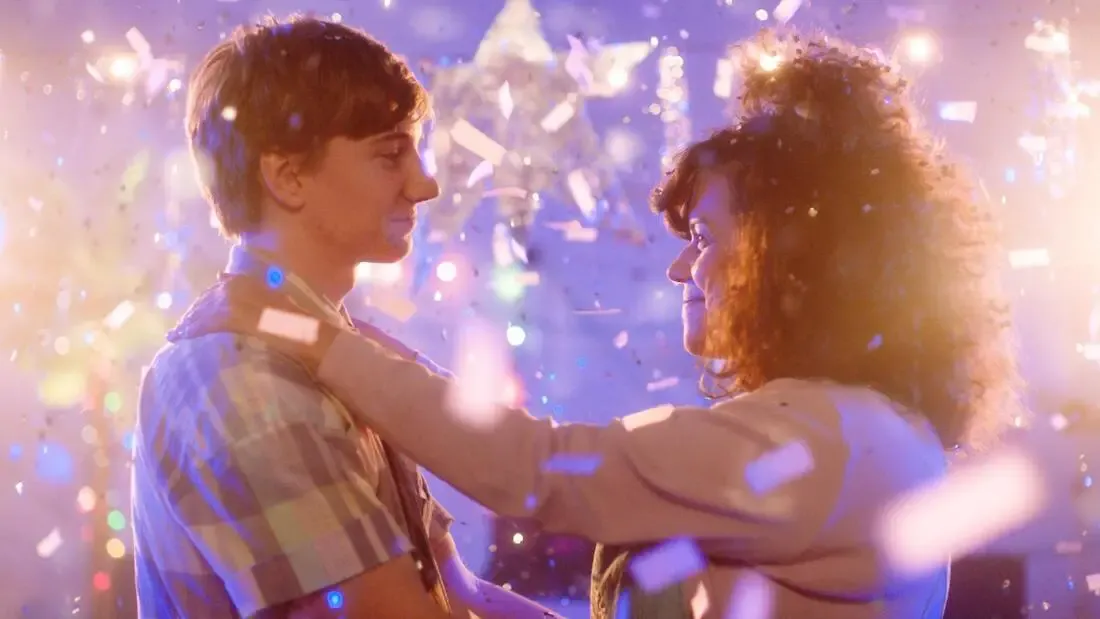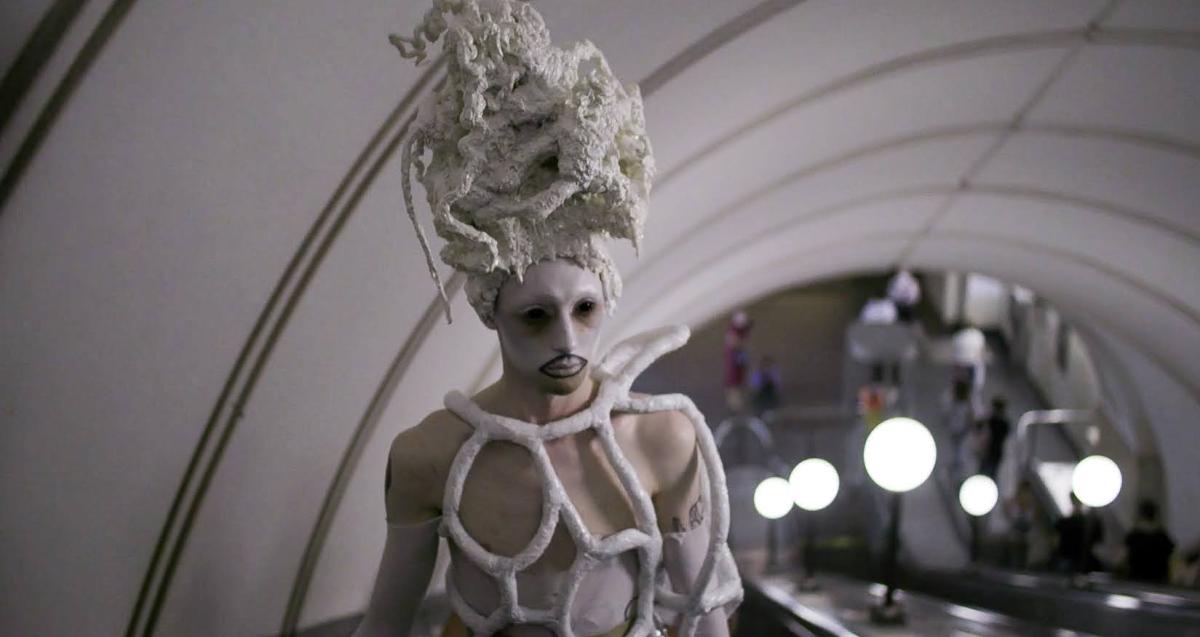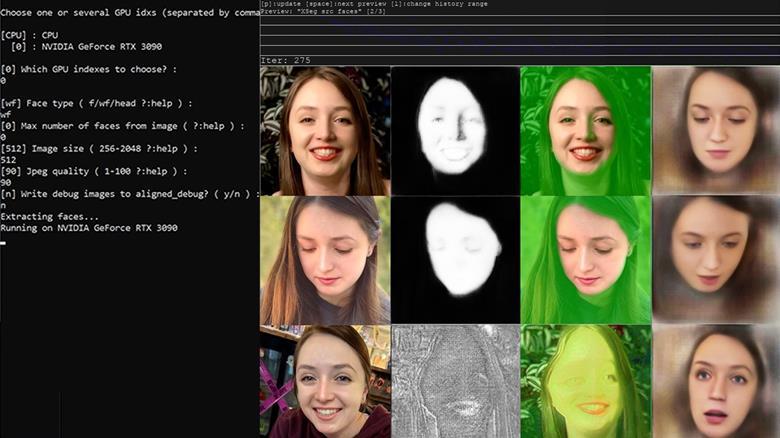

During the height of the pandemic, I participated in SXSW virtually, which meant watching films online from my living room couch, which didn’t invite the same emotions I felt at festivals in person. Thankfully, I was able to go to Austin for the first time this March, and I hit the ground running. It was an experience full of remarkable films, brilliant filmmakers, delicious barbeque, and confident networking.
One of the significant changes since the first film program at SXSW in 1994 is a change of the guard. In 2022, marking her 15th year as head of SXSW Film & TV and crowning a 45-year career championing independent films and filmmakers, Janet Pierson became Director Emeritus while her long-time deputy Claudette Godfrey, the Programming Director, assumed leadership of the SXSW Film & TV Festival. This year, Pierson continued in a programmer role for the event. During the festival, I heard many express the same sentiments: “We love you, Janet! Congrats, Claudette!”
Themes of the Moment: Identity and Representation
SXSW 2023 was one for the books. For five days, I entered a world full of inspiration, creativity, unique voices, and the most delightful humans. I started my adventure with a keynote talk from actor and best-selling author Priyanka Chopra Jonas, who had the best things to say about diversity in the film industry. Not only is it important to have diverse people in front of and behind the camera, but it is equally important to have diverse languages spoken. The conversation also dove into the difficulties and challenges of being a woman and woman of color in the entertainment industry.
Another fine voice among the featured speakers this year was human rights activist Martin Luther King III and his wife, Arndrea Waters King. I concluded my time in Austin with the online conversation special event. Their discussion highlighted how much representation matters. Throughout his life, Martin Luther King III has worked with individuals deeply committed to the struggle for human rights and a nonviolent society. These conversations were the bookends to my SXSW experience, which centered on the victories, pushbacks, and the need to be more vigilant and intentional with our art in whatever form it takes. I heard from and watched a variety of voices in my four and half days at SXSW, and I barely scratched the surface.
Queendom

In Russia, it is illegal for anyone to promote same-sex relationships or suggest that non-heterosexual orientations are “normal.” The country’s laws make it illegal to “praise” LGBTQ relationships or publicly express non-heterosexual orientations. Cue the phenomenal documentary, Queendom. In full disclosure, Queendom is an IDA grantee, but this was my first time encountering the film.
Directed by Agniia Galdanova and produced by Galdanova and Igor Myakotin, Queendom follows Gena, a queer artist from a small town in Russia. Gena is only 21 but has found a way to be seen and heard. Born and raised in Magadan, a small outpost of the Soviet Gulag, she stages radical performances in public that combine art and activism. Dressed in outlandish and flamboyant costumes made from recycled and salvaged materials, coupled with black heels and an exorbitant amount of tape, Gena protests the government on the streets of Moscow. Her goal is to change people’s perception of beauty and queerness while bringing attention to the harassment of the LGBTQIA+ community and protesting against the war in Ukraine. The performances, queer at their core, were sometimes dark and evocative, but a manifestation of Gena’s thoughts and subconscious.
When I first saw Gena Marvin on screen, trekking in ice and snow with giant platform heels on, I knew she was someone special. Her costumes are powerful and imaginative, with a touch of fear. Dressed this way is when Gena is her most authentic self. Gena uses dance and expressive poses to denote pain, hope, anger, defiance, sadness, and depression. It’s an interesting combination of performance and reality. In the film, some onlookers watch in bewilderment and fascination. Others watch with intolerable anger and depravity, willing to do her harm. Her grandparents watch with mixed emotions. They love Gena. Her grandmother seems accepting but wants Gena to compromise for safety and her grandfather’s understanding. Her grandfather doesn’t understand at all and consistently worries about Gena. There is love there. But it’s hard when your family doesn’t understand you.
Queendom does a great job showing the vulnerability and bravery of its main character. Gena can only make space for herself for so long before being kicked out of grocery stores or heckled for posing on a sidewalk. But she is determined and tries something new shortly after. Gena sends a loud and passionate statement by simply walking down a street. Cinematographer Ruslan Fedotov and Galdanova’s direction made for powerful images on screen. Knowing the political climate during filming with the start of the Russia-Ukraine war, the images captured not only serve to tell Gena’s story but a historical perspective as well. It's intense. It's moving. Quickly audiences recognize that not everyone has the grit to do what Gena does in the threat of jail and death. Queendom is provocative and inspiring and a necessary viewing experience.
You Were My First Boyfriend

Being a teenager is hard. Whether you are a millennial, Gen Z, Gen X, or of another generation, your teenage years were no walk in the park. My teen years weren’t terrible, but they were awkward at times. I am very clear on the fact that I never want to relive my teenage years, which is precisely what filmmaker Cecilia Aldarondo does.
Director Aldarondo and co-director Sarah Enid Hagey bring us a unique blend of art and therapy with You Were My First Boyfriend. The film is about Aldarondo’s attempt to heal from her tortured teen years. Tracking down high school classmates, You Were My First Boyfriend shows Aldarondo reenacting memories of her youth in the 90s. Centered around a long-lost diary and a first crush named Joel, the film is full of iconic visuals of prom, summer camp, and locker-lined halls. The reenactments are a combination of Mean Girls (2004), Carrie (1976) without the pig blood, and Romy and Michele's High School Reunion (1997). A cast of teen actors portrays Aldarondo’s teenage friends and foes while Aldarondo plays her younger self. At one point, the real present-day Joel makes an appearance, with Aldarondo reading him passages from her high school diary. The film is awkward and comical. Then you remember this happened to someone, which is heartbreaking sometimes.
The rocky high school experience is about more than just the in-school experience. Not only was life difficult at school, but Aldarondo also felt belittled compared to her sister at home. As a woman of color from the Puerto Rican diaspora, Aldarondo felt out of place at school and home with her “prettier” and “thinner” sister. She just wanted to fit in, a personal and yet universal feeling. For our lead, there was a pull of not being white enough with her friends and not being Puerto Rican enough with her family. To explore and heal, personal and intimate battles are creatively highlighted. My favorite moments are Aldarondo’s recreations of a scene from My So-Called Life (1994), in which she partners with her real-life husband, and Tori Amos’ music video for Crucify, in which she partners with her real-life sister.
You Were My First Boyfriend caused me to look at my past and emotions. The film covers bullying, feeling less than others, the status quo, and suicide. It’s emotional, silly, and witty. This is a grown woman wearing 90s teen clothing while playing best friends to actual teenagers. The film does a wonderful job of inviting the audience to think about ways to heal from the past to better their present and future.
Another Body

Growing up, one of the main things I was taught during the popularity of AOL was that people on the internet weren’t always who they said they were. In 2010, the term “catfish” came around, highlighting the use of someone else's pictures and false information to pretend to be someone else. There was even a reality-based documentary television series with the same name that aired on MTV. As technology advances, so do the dangers of the internet.
Another Body follows 23-year-old college student Taylor and her search for justice after she discovers deepfake pornography of herself circulating online. Images of her face have been digitally grafted on another woman’s body. The documentary shows the impact it has had on her life. Directed by Sophie Compton and Reuben Hamlyn, Another Body (which is also an IDA grantee) is a personal yet cautionary experience. The film cleverly and shockingly uses this deepfake technology to hammer its point home. This film uses interviews, animation, and video to follow and recreate Taylor's path to discover who and why someone would want to do this to her.
It was a hard-hitting moment to learn that 90% of deepfake content is non-consensual pornography featuring women. We are beyond catfish dating and really into traumatizing tech. It’s cool when you can bring an actor who has passed away back to the screen to reprise a role in a popular franchise, but it's scary to know your face could end up in the wrong place without your saying so. Not only did Taylor’s experience affect her mental health, but it could also disrupt her future goals. The story hit me hard, as I have a younger sister who is part of this current generation that uses TikTok, Instagram, and Snapchat as part of their everyday lives, not only to share photos but for everyday communication.
A commitment to safeguarding consent leads this documentary, emphasizing the hypocrisy of authorities saying, “not sure what we can do,” and playing the blame game. There is no justice at the end of Another Body, highlighting the lack of protection and laws for those affected by malicious deepfakes.
Till Next Year, Austin
Amid the amazing films seen, the pounds of brisket consumed, and the soaked-up rays of sunshine with thoughts of the inevitable return to crazy rain in Los Angeles, SXSW 2023 was a marvelous adventure into the outlook of other cultures, identities, and experiences. Thanks to Portrait House, Audible, and other events, I heard from and made friends with filmmakers, writers, producers, and creators from all over the world. It was the inspiration and joy that I didn’t know I needed in my life. It was my first time at SXSW, and it won’t be my last.
Catalina Combs is a Marketing and Communications Coordinator at IDA, and a freelance journalist and film critic. The majority of her work can be found on the online publication Blackgirlnerds.com. She is a member of critics' associations, including the Critics Choice Association, African American Film Critics Association, the Online Association of Female Film Critics, and the Hollywood Critics Association, as well as a Rotten Tomatoes-approved critic.




